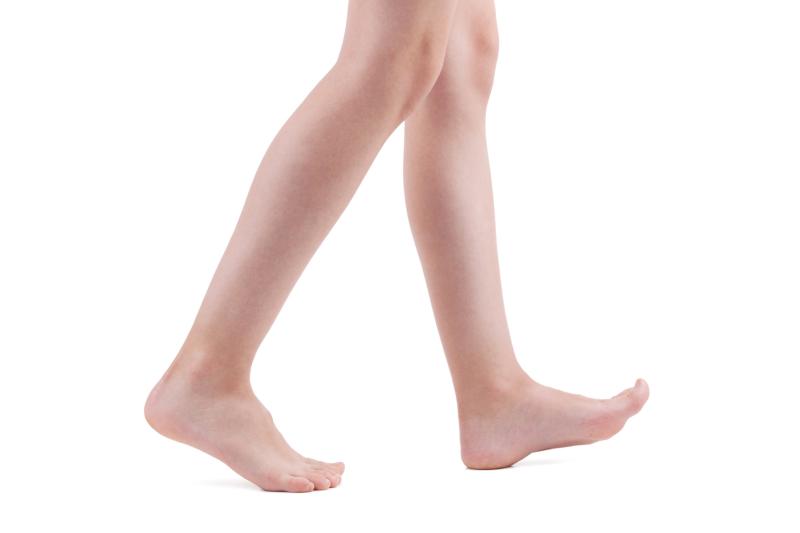
Modifying the cutoffs of new calcaneal quantitative ultrasound (QUS) device, CM-200, may improve its reliability in identifying elderly adults with osteoporosis, according to a new Malaysia study.
“At the current cut-offs, CM-200 could identify subjects with suboptimal bone health but not subjects with osteoporosis,” researchers said. Modifying these cut-off values “improved the performance of CM-200 in identifying subjects with suboptimal bone health and osteoporosis.”
The current cross-sectional analysis included 786 participants (mean age, 57.16±9.12 years; 51.4 percent female). Osteoporosis, as determined by dual-energy X-ray absorptiometry (DXA), was identified in 12.3 percent of the participants, though the prevalence was higher in women. QUS found that more than half of the enrolees were at moderate risk of osteoporosis. [Diagnostics 2020;doi:10.3390/diagnostics10040178]
At the present cutoff values, the researchers found minimal agreement between CM-20 and the DXA reference for osteoporosis risk stratification in the overall cohort. Stratifying for sex did not yield meaningful improvements.
Specifically, at a T-score <–1.0, indicating moderate osteoporosis risk, CM-200 demonstrated a sensitivity of 82.1 percent and a specificity of 51.5 percent. The area under the curve (AUC) for detecting suboptimal bone health was middling, at 0.668 (95 percent confidence interval [CI], 0.630–0.706; p<001).
At a T-score of ≤–2.5, suggestive of a high osteoporosis risk, CM-200 sensitivity dropped to 14.4 percent, while its specificity rose to 96.1 percent. The resulting AUC was 0.553 (95 percent CI, 0.488–0.617).
Modifying the cutoff values led to notable improvements in CM-200 performance. At a T-score of <–1.32 for the identification of moderate risk, QUS had a sensitivity of 67.7 percent and a specificity of 72.8 percent. The AUC for suboptimal bone health was increased to 0.702 (95 percent CI, 0.666–0.739). Sex stratification showed similar patterns of improvement.
At a threshold value of <–1.42 for high osteoporosis risk, CM-200 displayed a sensitivity of 79.4 percent and a specificity of 61.8 percent. The resulting AUC for osteoporosis was 0.706 (95 percent CI, 0.654–0.758), and no meaningful deviations were reported in each sex subgroup.
Important limitations of the present study include its nonrandomized design and key differences between the study sample and the general population, thus hurting the generalizability of the present findings. Future studies should address these shortcomings, as well as validate and build on the current research.
“The performance of the CM-200 calcaneal QUS device using cut-offs similar to DXA is fair in identifying subjects with suboptimal bone health, but it cannot identify subjects with osteoporosis,” the researchers said. “The performance of CM-200 improves significantly when a new set of cutoff values is adopted.”
“Therefore, it is recommended that QUS devices should be optimized and their cutoff value should be validated before deploying them in the local setting to ensure optimal performance in identifying individuals at risk of osteoporosis,” they added.